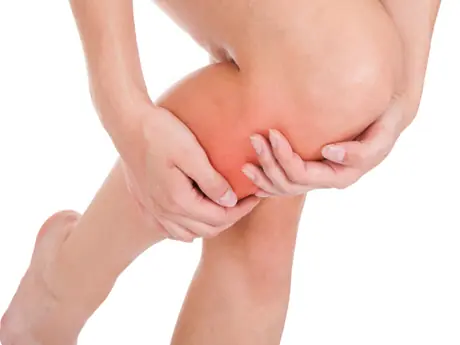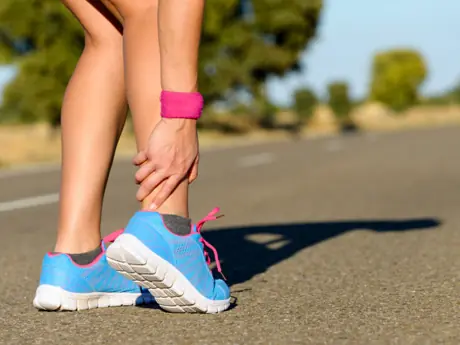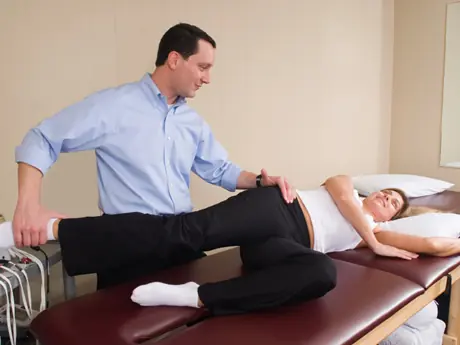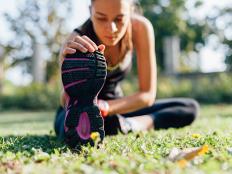
If you've ever experienced pain in your shins, you're not alone. This persistent pain, known as shin splints or medial tibial stress syndrome, happens to everyone, from high school runners to seasoned marathoners. What usually starts as a dull ache on the inside of the shin can turn into a debilitating injury over time. Indeed, diagnosis is particularly important to rule out other more serious shin injuries, like tibial stress fractures, and to mitigate pain.
"In the early stages, the symptoms will be there when you first start to run, may get better after your warm-up, and then return again toward the end of the run," says Janet Hamilton, a registered clinical exercise physiologist and coach for Running Strong in Stockbridge, Georgia. "As the problem gets worse, the symptoms become more persistent and don't go away as you warm up."
While the cause is often a mystery, a recent analysis of a group of studies examining shin splints concluded that female runners and runners with fewer years of experience are at greater risk. These studies point to a number of issues related to biomechanics and bone loading as potential culprits.
"Establishing cause and effect is difficult, but there are several things that have been found to be correlated with the symptoms," adds Hamilton. "This includes weakness in the lateral hips, tightness in calf muscles, excessive or poorly timed pronation that is not being adequately supported by the current footwear, sudden increases in mileage or intensity, and sudden changes in terrain."
More: Shin Splints 101: Treatment and Prevention
Shin Splint Treatment Options
If you're experiencing shin splints, there are a number of treatment options that may provide relief. For a long-term solution, many experts suggest various strengthening exercises for the muscles that control the running gait.
"Strength-wise, you can't go wrong with stronger hips," says Hamilton. "Pronation at the bottom of the chain is controlled in part by muscles at the top of the chain—the gluteals in particular."
- 1
- of
- 2
About the Author

Get ACTIVE on the Go


Couch to 5K®
The best way to get new runners off the couch and across the finish line of their first 5K.
Available for iOS | Android






Discuss This Article